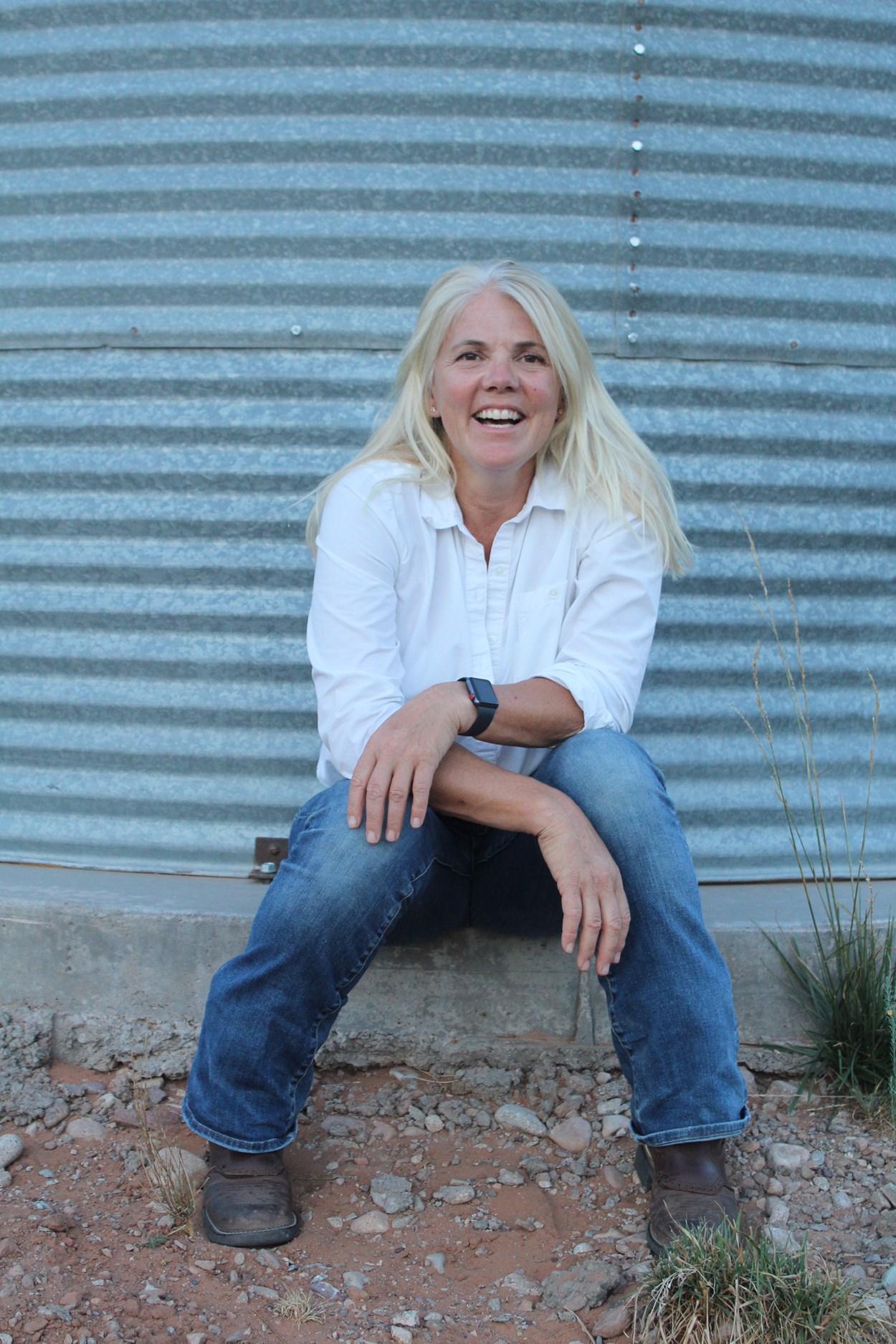Some information may be outdated.
Our community has seen proposals for creating the Book Cliffs Highway for the last 30 years and it is time that these proposals are put to bed. I will not come to you from the perspective of considering existing routes that move one through this country, the nearest approximately 20 miles to the east. I will not come to you from the taxpayer viewpoint, in which estimates of constructing the highway vary radically but include over $400 million paid for by taxpayers. I will not come to you from the perspective of Lee and Debby Elmgreen, whose ranch sits at the mouths of East and Hay Canyon and would lose a large portion of their land and have a highway running by their front door. I come to you from the perspective of wildlife and wild lands.
I am an avid hunter. In the beginning, the addiction was elk and to be honest, those animals still inspire a love that I may never shake. Elk are tough as nails, awkward and majestic in appearance all at the same time, and ghostly in their movements. I can bump a herd of thirty elk in dark timber, hear thunder for seconds, another snap of a branch and then: silence. Pure magic. However, my addiction has moved to pursuing other game, but if I’m honest, I’m not really hunting. It just gives me a reason to be prowling about in the wild.
I started hunting in the Book Cliffs 16 years ago. I began simply driving the dirt roads endlessly. Those working on checking gas wells would occasionally stop me and ask me what the hell that I was doing in that country alone and I would reply that I hadn’t the slightest clue. Over time, their help and my desire to know more has led me to endless days in these wild lands.
The country that we know as the Book Cliffs extends from Price all the way to Rifle. The land is riddled with deep canyons, dark timber, aspen, lush meadows, clear creeks, and ridges that run forever and abound in wildlife. On any given day of wanderings, I may see mule deer, the occasional flock of turkey, elk sprinkled here and there, a black bear stumbling across a hillside and a surly stand of bison.
A number of years ago Mike McKee, then a commissioner from Uintah County, proposed a highway to the county line. The Southern Utah Wilderness Alliance filed a lawsuit against the highway and lost. The Seep Ridge Road was paved to the county line. That section of highway has caused quite a bit of mortality for wildlife: mostly deer, but the occasional elk and, in one event, nine bison killed by a truck and camp trailer. The highway is wide and speeds are high.
The remainder of the highway planned for Grand County would run across the spine of Seep Ridge to East Canyon. This is critical summer range to all of the species that I listed earlier. As it drops into East Canyon and then eventually funnels into the Hay and Westwater drainage, the area becomes winter range and pronghorn country as you near the freeway.
Wildlife and highways do not mix. There is endless research that shows the impact of highways on animals in wild places such as the Book Cliffs. Obviously, the building of a highway fragments animal habitat, leading to issues in isolation of populations and migration. Highways lead to direct vehicular mortality. Highways bring noise and visual disturbances to wildlife which have been shown to decrease fawn and calf recruitment and increase predation that leads to energy loss in large ungulates. I don’t need to point out the obvious, but the survival of species depends upon the ability to avoid predators, conserve energy and reproduce. Highways also contribute to increased illegal activity such as poaching and the introduction of invasive plant species, thus radically changing the forage composition.
I have been criticized for touting this area as a pristine wilderness, and I will concede that it isn’t pristine. Long ago, natural gas lines were run and those wells still pump away to provide us all with a much-needed resource. However, this country is wild and that is something that we should all treasure. If you never wander into this area, that is more than okay, but I hope that you will know that you have these wild places in your backyard and work to preserve them.
Trisha Hedin has been a member of the Moab community for nearly 20 years. Hedin runs the Grand County School District’s adult education program, based at Utah State University. Hedin has a passion for climbing, running and hunting and spends much of her time either doing these activities or advocating for them. In 2020, she was elected to the Grand County Commission.
Appreciate the coverage? Help keep local news alive.
Chip in to support the Moab Sun News.



